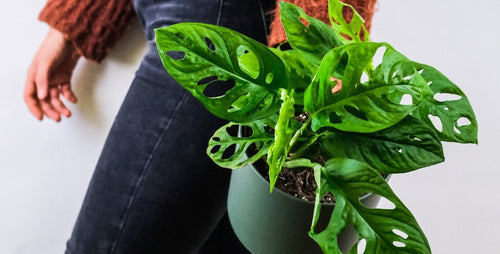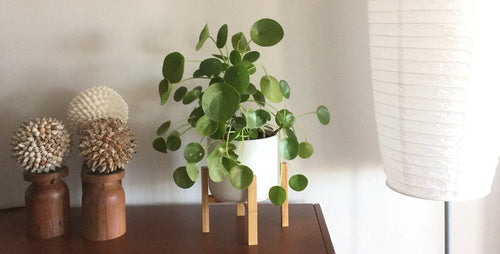 One of the things I love about houseplants is the fun and funky common names many of our favorite plants are called.
One of the things I love about houseplants is the fun and funky common names many of our favorite plants are called. Mother-in-law’s tongue, fiddle leaf fig, ponytail palm, prayer plant, and peace lily are just a few of the colorful common monikers some of our favorite plants go by.
Yet, common names can also become very confusing when a plant is given too many names or if the plant changes so much as it matures that the common name doesn’t make sense anymore.
Monstera is a great example. This wonderful plant has caught fire with interior decorators and houseplant fans across the country. Yet, it’s often sold under a variety of common names including monstera, Swiss cheese plant, hurricane plant, split-leaf philodendron, and Mexican breadfruit, which really muddies the waters when it comes to identification.
Plus, Monstera (its true name) is prized for its sculptural, split-leaves, yet younger plants (which you most often see for sale) do not develop split foliage until the plants are more mature so you might not even recognize the plant when you see it.
And, to add to the confusion, there is another plant that’s also sold as split-leaf philodendron, but it’s actually called Philodendron selloum and its foliage has frilly edges not true splits. Selloum is a true philodendron, but Monstera is not, although a distant cousin.
By the way, young plants of both species look somewhat similar so read plant tags carefully if you are looking for a true Monstera. Monstera also has a vining habit and over time it does best climbing up a support of some type. In the wild, Monstera can grow 60 feet tall, but indoors it’s easily pruned to any height. It prefers bright light and thorough watering every time the soil feels dry to the touch.
Written by Doug Jimerson

















